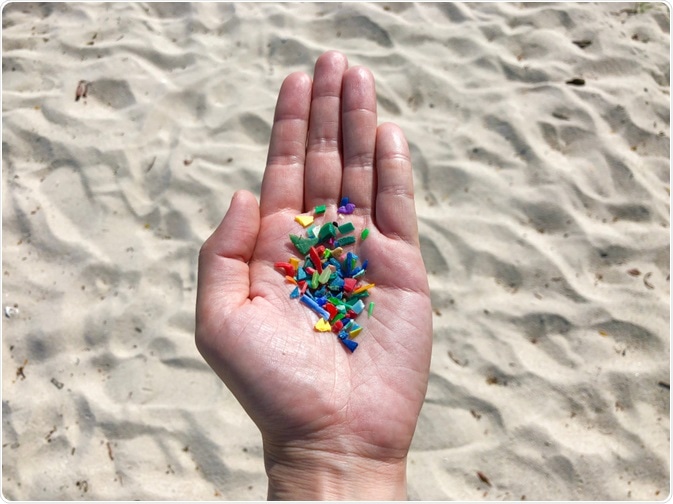There has been a surge in the presence of pollutants and contaminants in the environment. Thus, efforts are being made to develop techniques that can measure the presence of these molecules within the body, in a process known as human biomonitoring.
 Loretta Sze | Shutterstock
Loretta Sze | Shutterstock
What is human biomonitoring?
Human biomonitoring employs several techniques that can assess the level of environmental pollution a person has been exposed to and the affects of such contaminants on the human body. It can also be used to study the effects of pollution on the human body over time.
Biomonitoring analyses are based on measurements of natural and synthetic compounds in various body fluids, such as urine, blood, breast milk, etc. Many different tissues can be examined, including hair, nails, fat, and bone, to determine the level of exposure to these chemicals an individual may have undergone, and also assess the potential health risk. The quantitative measurement of exposure to biomarkers includes different steps, starting with sample pre-treatment, followed by extraction, clean-up, separation, and finally detection.
Pre-treatment of samples
Usually, a pre-treatment of the sample is needed to remove any interference with the target biomarkers. This is usually done by acid hydrolysis using β-glucuronidase/sulfatase. This process may also involve diluting the urine with water and formic acid which can reduce the matrix effect and variabilities between the samples. This would otherwise affect the response of the analyte.
Enzymatic or alkaline decomposition of the samples such as hair has also been proposed to increase the efficiency of extraction. However, such disintegration of the sample may present problems in the analysis of labile chemicals, such as organophosphate, carbamates, and pyrethroids.
Samples such as hair should be washed, dried, and cut into small pieces before the extraction process. Similarly, samples such as blood or breast milk may need to precipitated and denatured before extraction.
Liquid-liquid extraction and solid-phase microextraction
It is possible to directly analyze the samples, however, extraction is usually required to achieve reliable results. Various extraction methods include liquid-liquid extraction, solid-liquid extraction, solid phase extraction, and solid-phase microextraction.
Although liquid-liquid extraction has been used for many years, it has several disadvantages as it is time-consuming and demands a lot of solvents. Thus, in many cases, it is replaced by solid-phase microextraction which is one of the most important extraction methods.
In this method, the appropriate solid-phase microextraction sorbent, elution solvent, sample volume, and pH is selected. In a study, on-line solid phase method was developed to determine the presence of atrazine metabolites in urine.
Solid-liquid extraction is a common method to extract biomarkers from hair. The solvents used for this purpose include methanol to extract polar metabolites, organophosphates, acetonitrile, and hexane. Polystyrene divinylbenzene resin is used to extract hydrophilic metabolites. Solid phase microextraction is also an effective alternative to traditional solid-liquid extraction methods.
Solid-phase extraction
Solid phase extraction is also frequently used for the clean-up of hair samples. In a study, this method was used to purify 67 metabolites and pesticides of different classes from hair. Recent methods use liquid-liquid extraction combined with sulfuric acid for clean-up.
The new methods take less time and require lower sample volumes. Blood has limited availability for performing studies in children and newborns. Thus, for these subjects, methods that require very small amounts matrix is necessary. The methods that can reduce the volume to less than 0.3ml include on-line solid phase extraction or other sensitive instruments, such as gas chromatography-high-resolution mass spectrometry (GC-HMS).
Further Reading
Last Updated: Apr 11, 2019